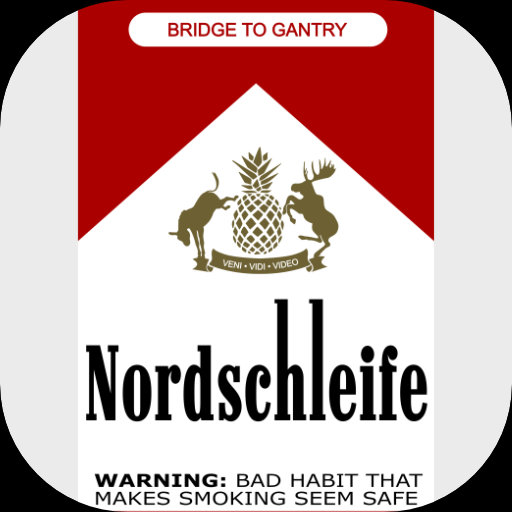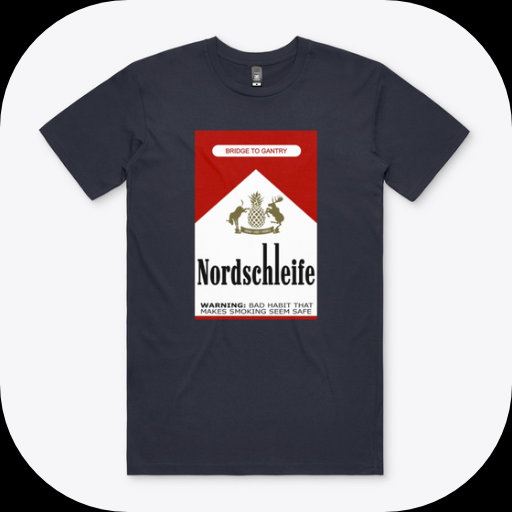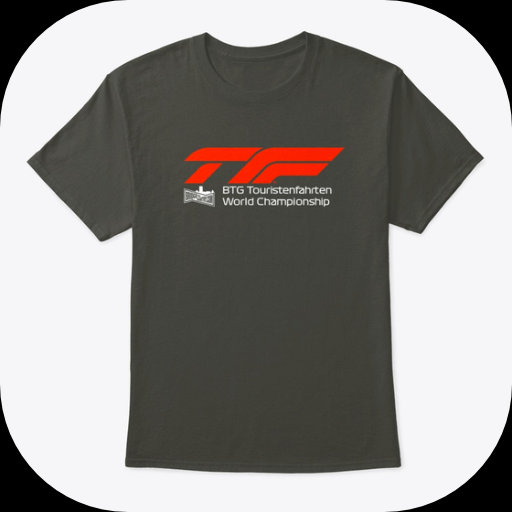As the BTG Nürburgring trackday calendar filled up last month, there were still a few gaps left in my spreadsheet. Namely the prices for the Schnelleschwaben event in July still weren’t set.
That gap has now been filled, with the number of €1099 per car. Plus €250 for a second driver. Or €1000 for an instructor. And only 99 cars total. They’ve bumped the price, dropped the entries. And stuck a new sticker on it. But damn, those are some numbers.
So let’s talk about trackday numbers, and why they’re important.
(Full-disclosure, I’ve organised a few Nürburgring and Spa trackdays myself. Including hiring the big-boy Nordschleife a few times. I’m still involved in the business, helping out Circuit Days and cross-promoting their events with the logo you see on this page. So, I’m not totally snow-white here. I’ve got opinions based on 13 years in the business. So let’s start airing them.)
One hundred cars sharing the Nordschleife is like 10 cars sharing Brands Hatch.
If you have 200 cars booked on to an open-pitlane event, a typical number, you’ll probably only see more than 150 on track in the first 30-minutes. After that it’ll drop to an average of 100 cars so, as drivers swap, tyre pressures are checked, etc… and 100 cars on a 21-km circuit is only 5 cars per kilometre, which is the same as 10 cars on the Brands Indy circuit. Or 15 cars on Donington Park National. For the Schnelleschwaben event, I’d guess at maybe 60-70 cars on track total. Using the Brands comparison, that’s like 7 or 8 friends renting the track together. You have to admit, that’s pretty cool, right?
Expensive trackdays are generally easier on the nerves. For everybody.
Easier on the nerves not just for the drivers, but also for the organisers. Why? It’s just numbers. Sure, with the high-spending customers comes a higher expectation of customer service, but in my experience this is hardly ever an issue. But with fewer cars on track comes less chance of stupid shit happening… stupidity being, in my experience, wholly separate from the budget of your customers. Stupidity is pure numbers. Get 400 drivers on site, compared to 100, and there’s 4 times the chance of something stupid happening. For example, a driver who crashes, then drives back on to the circuit and drops oil for several kilometres. And yes, that shit happens. A lot.
Now I can’t personally afford to spend over €1000 on a single day, but if I could, I would.
The enemy isn’t the organiser or the drivers, it’s the red flag
That red-flag takes your 100, 150, 200 or 250 cars and puts them ALL back in the car park. When it goes green, typically 45 to 90 minutes later, everybody is ready to go and the track is the busiest it can be. Giving more chances for the next red flag. In previous years you could try and re-open the track ASAP, with a yellow flag and extra tyre-walls in front of damaged guardrails. But in recent years this has become impossible, with the Nürburgring operators insisting on full and complete repairs in between crashes. Obviously, that’s a safety issue, and nobody can deny them that. After all, the Nürburgring didn’t break their own track, the customers did it. But long closures will cause long closures.
Keeping the ‘flow’ keeps the peace
If you can space those 150 cars out evenly, the event is safer, and there are less red-flags. That’s why many organisers stop you at the gate for a few seconds to ‘chat’, or give you important track information. We (BTG and CD) always run the first hour (0800-0900) as half-speed, no-overtaking, for similar reasons. The slower cars can go out, get some laps, get some confidence, without disrupting the flow. If you open the track to the fast cars and the slow cars at the same exact moment, well… that’s basically the third lap of the N24. Chaos.
Proper briefings prevent proper fuck-ups
There are two schools of thought on briefings. One way is to brief people in written form before the event, the other is to brief them in person. I’m definitely of the opinion that face-to-face briefings, with a sense of shared-responsibility for the day, is the superior (albeit harder) option. Unfortunately COVID-19 pretty much stopped this method. During the briefing you learn a lot about how the event will run. If the audience is paying attention, if there are intelligent questions, you feel better about it.
Many of the times that I’ve experienced ‘problem’ customers causing drama (crashing in the first hour trying for a new BTG record, lack of overtaking etiquette, ignoring yellow flags, bad driving, failing to stop with a fluid leak, etc…) those same customers have been the ones who have worked hard to circumvent or disrupt the briefing. “I’ve had a hundred briefings”, “I’m an instructor in my own country”, “I have a personal coach with me all day”, etc… dealing with those guys face-to-face (and they’re always guys, hardly ever girls) at least gives you a chance to improve the situation, reduce their sociopathic tendencies and give them the chance to make the whole day better without being told to leave.
Weekend Touristenfahrten is still busier than any open-pitlane trackday
On a busy Sunday at the Nürburgring I’ve personally counted out over 300 cars on to the Nordschleife before the first cars even finish a lap. By my calculations you’re looking at anywhere between 250 and 350 cars on a busy Sunday afternoon. That’s more like 35 cars on Brands Hatch Indy, and that’s busy. As before, the more overtakes happening per 10 minutes, the more chance of disaster.
DSK Trackdays are my least favourite trackday, but they are the cheapest
The opposite to an “open-pitlane” trackday is a ‘sessioned’ trackday. The DSK events are the only Nordschleife event still run like this, and you buy a sticker for two alternating sessions. Each one starts at the top of the hour, so you have a trackday being split between maybe 400 cars, then you’ve got a ticket price maybe one-half of the regular trackday…
BUT: You have the same problem as the Open Pit-lane trackday has at 9am, REPEATED every single time you change the session. This means the first laps of every 1-hour session are chaos, as the faster drivers treat it like a race to the front, and the slower drivers just spend 1 or 2 laps moving out of the way. I’ve attended about a half-dozen DSK trackday in my time here, generally working as a coach or helping a friend. Most sessions end in a red flag for a crash. In my opinion that’s because drivers feel pressured to drive the full hour each time, and they’re doing it in an environment that’s as busy as TF, but even faster in pace.
If you’re a confident driver, the DSK events offer good track time, but it’s still a gamble. I’m a notoriously cheap guy. I drive a goddamned 68hp track car, just ‘cos I hate paying for brake pads and tyres. But even I stop short of the DSK method.
What do YOU think? Are premium trackdays worth the expense?
Let me know in the comments!





